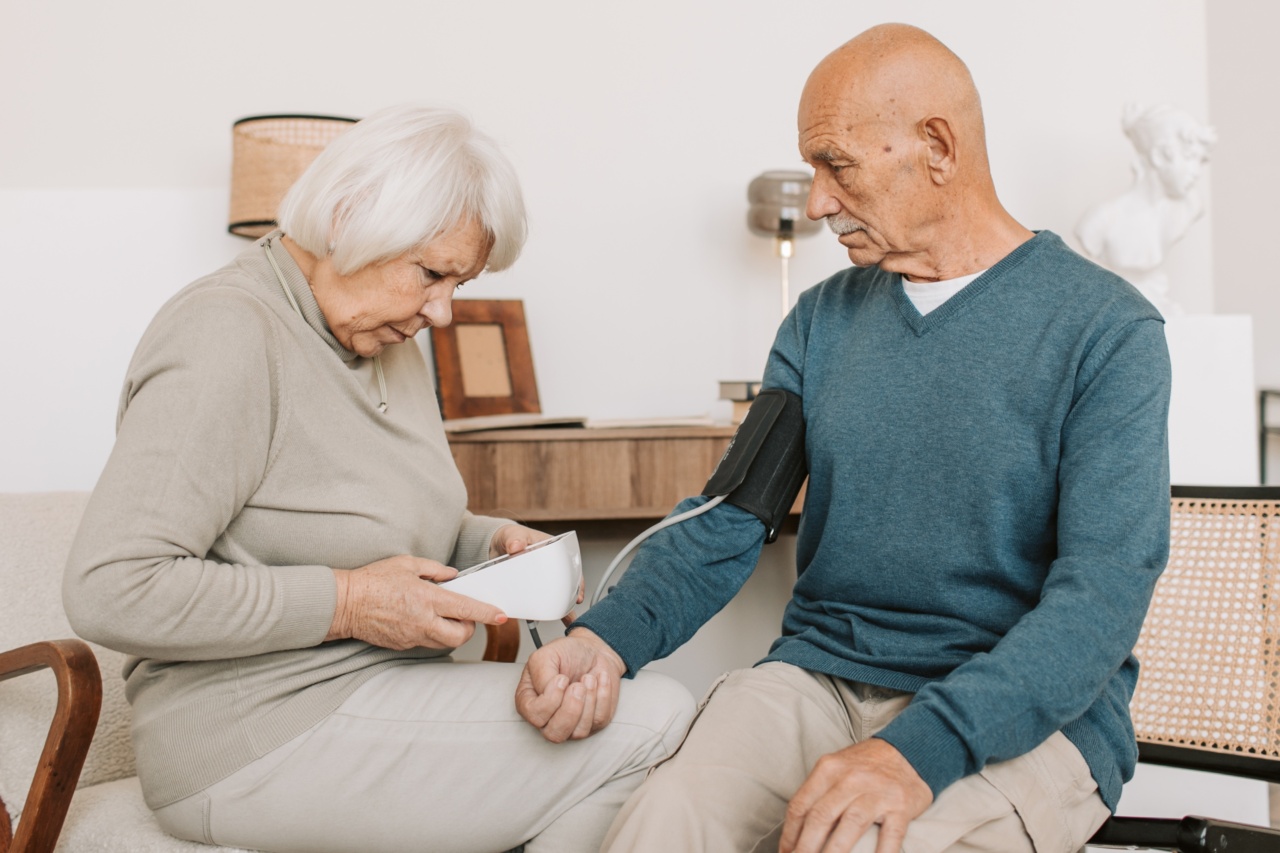Poor blood circulation can occur for multiple reasons and may be a sign of an underlying health condition. It’s essential to recognize the symptoms of poor blood circulation, as it can affect different parts of the body.
This article will define poor blood circulation, list some of the common causes of it and the symptoms to look out for, and when to seek professional medical attention.
What is Poor Blood Circulation?
Poor blood circulation is when the blood flow through your body is restricted or slowed down in a specific area. This condition can cause various symptoms and may lead to significant health issues if left untreated.
Good blood circulation transports oxygen and nutrients to all the cells and tissues, enabling them to function correctly. Blood circulation also helps remove waste and toxins from your body.
Causes of Poor Blood Circulation
Poor blood circulation can be caused by different factors that affect blood vessels, heart, or blood supply. The following are some common causes of poor blood circulation:.
1. Peripheral Artery Disease (PAD)
PAD is a condition that affects the arteries that carry blood to your arms and legs. The narrowing of these arteries can cause poor blood circulation, which manifests as leg pain, tiredness, or cramping.
The most common causes of PAD include smoking, high blood pressure, high cholesterol, and diabetes.
2. Deep Vein Thrombosis (DVT)
DVT is a condition that occurs when a blood clot forms in one or more deep veins in your body, most commonly the legs. The blood clot can block blood flow, resulting in swelling, pain, and tenderness in the affected area.
DVT can cause major health problems, such as pulmonary embolism if not treated promptly.
3. Raynaud’s Disease
Raynaud’s disease is a rare condition that causes arterial spasms in the fingers and toes, resulting in restricted blood flow.
The symptoms are often triggered by cold temperatures or stress and result in a tingling sensation, numbness, and color changes in the affected area.
4. Diabetes
Diabetes is a chronic condition that affects your body’s ability to produce or use insulin. This condition can cause damage to your blood vessels and lead to narrowing and poor blood circulation.
People with diabetes may have numbness, tingling, or burning sensations in their feet or legs, which can increase their risk of foot ulcers and infections.
5. Obesity
Obesity is a major risk factor for various health problems, including poor blood circulation. Excess weight can put extra stress on the circulatory system, making it harder for blood to flow efficiently through the body.
This can cause symptoms such as leg swelling, varicose veins, and pain.
Common Symptoms of Poor Blood Circulation
Poor blood circulation can cause various symptoms, and they depend on the underlying cause and location. However, some common symptoms of poor blood circulation include:.
1. Numbness or tingling in the hands and feet
If you experience frequent numbness or a tingling sensation in your hands or feet, it may be a sign of poor blood circulation. This symptom is often caused by peripheral artery disease or diabetes.
2. Swollen legs, feet or ankles
If your legs, feet, or ankles are swollen, it could be due to poor blood circulation. Swelling occurs when blood flow is restricted and can cause discomfort and pain.
3. Cold hands and feet
Cold hands and feet can result from poor blood circulation, and it’s a common symptom of Raynaud’s disease.
This condition causes the body’s blood vessels to constrict, leading to reduced blood flow and temperature changes in the affected area.
4. Varicose veins
Varicose veins are swollen and twisted veins that usually occur in the legs due to excess pressure on the veins. This condition can cause discomfort and pain and can indicate poor blood circulation in the legs.
5. Fatigue or tiredness
Poor blood circulation can cause fatigue or tiredness, especially when the blood supply to the brain is reduced. This symptom can affect your daily activities and quality of life.
When to Seek Medical Attention
If you experience any of the above symptoms, especially if they’re persistent or severe, it’s essential to seek professional medical attention.
Poor blood circulation can indicate an underlying condition that needs prompt examination and treatment. Your doctor can perform various tests to determine the cause of poor blood circulation and recommend appropriate treatment options.
Conclusion
Poor blood circulation can cause various symptoms and can affect different parts of the body. Recognizing the symptoms can help you seek early treatment and prevent further health complications.
If you experience any of the above symptoms, talk to your doctor to determine the underlying cause and explore suitable treatment options.





























